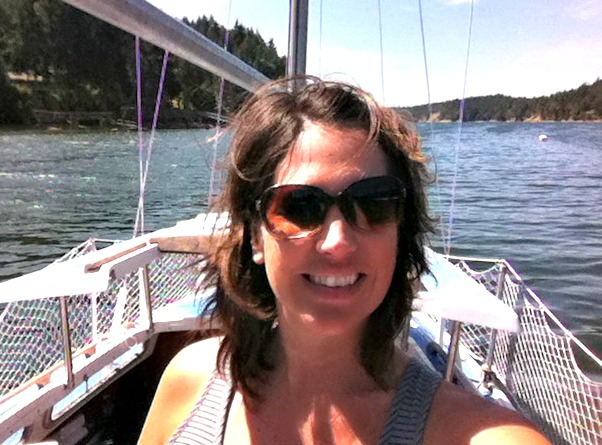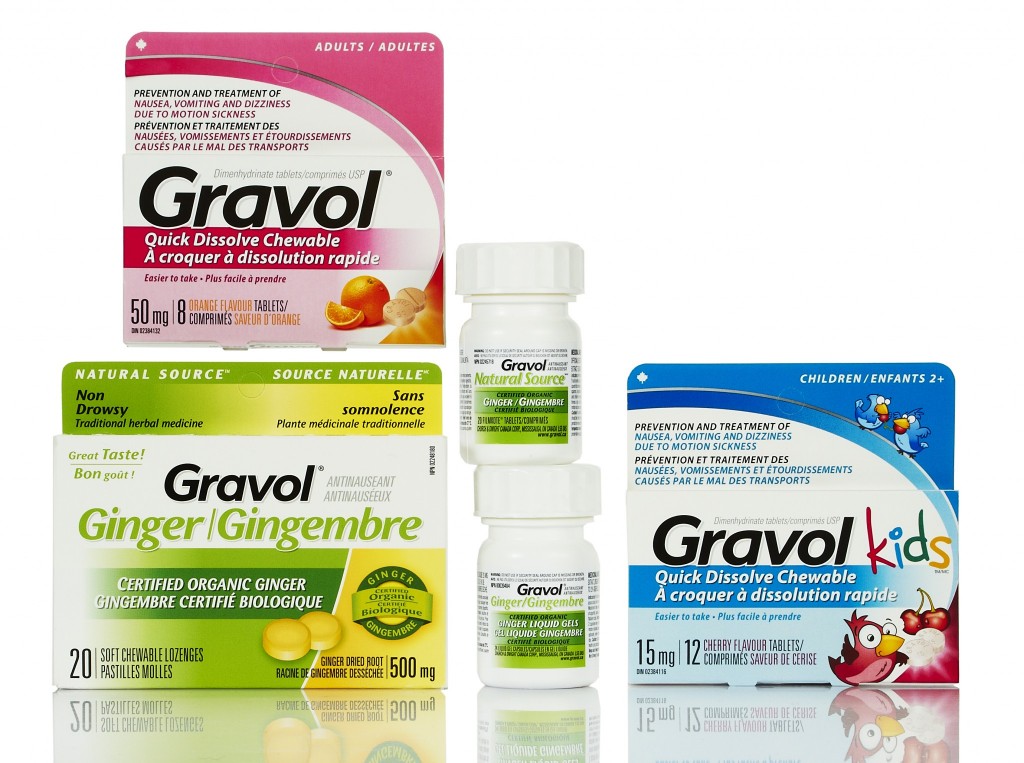I spent 15 years as a lifeguard, surrounded by first aid and safety routines. It was ingrained in me to always be aware of dangers, and to always be prepared for the worst.
As a parent, this attentiveness remains, even though we allow our kids a lot of freedom and independence, teaching them safe behaviour, and being prepared for incidents is always top of the list.
We have first aid kits in the car, at the house and even down in the meadow. We even have one on the sailboat.
Sailing brings a whole other level to our first aid kit, and safety procedures. Often we are miles away from shore and assistance, tucked away into small coves, away from the regular boating traffic. There is no time to waste if an injury or illness happens.
So, aside from the “regular” items in our first aid kit, here are a few things I toss into my sailing first aid kit, for safety’s sake!
Maxi Pads
If I could only choose one thing to put in a first aid kit it would be a maxi pad, or a box of them! They are SUPER absorbent, and have that great sticky strip on the back so you can wrap a binder around it to hold it in place. They can be used for small or large wounds, or even as “shoes” when you really, really need them, and they store very nicely too! Load your kit with a box of these and everything from barnacle scrapes to puncture wounds can be dealt with until you get further assistance.
Gravol
Some days the waves can build up on you before you know it, and when the waters get rough we stuff the kids in the inside bunks. A tab of gravol can keep everyone’s tummies tamed until we either ride out the weather or get to shore. We keep a pack (or two) of the chewable gravol tablets in our first aid kit, to help the waves of nausea stay calm.
Antihistamine
We were sailing once and I actually had a wasp fly, stinger first, right into my arm. Actually, he was probably just flying along minding his own business and I SAILED into his stinger, but none of that mattered at the time. Bug bite, stings, and strange plants can all cause allergic reactions and a bottle of antihistamine can mean the difference that will save a life. Even if you haven’t experienced allergic reactions previously, just one next of ground wasps will ensure that you have issues. It is easy to pop in your case, just be sure to monitor the expiry date each year.
Ice Packs
While a basic first aid kit will come with an emergency blanket, most don’t come with instant ice packs. You should be able to grab these in any first aid/emergency aisle and they are hugely beneficial. With sprains, strains and even burns, an ice pack can go a long way in alleviating pain and discomfort on the water.
Extra Tensor Bandages
You can NEVER have enough tensor bandages in your first aid kit, trust me. These can be used, not just for tying on those maxi pad bandages, or holding an ice pack to an injury, but also for supporting broken bones, assisting in securing to a brace or board, or even used for restricting blood flow to a massive wound! Even better than rope if you ask me! Add in a few more of these (your kit usually comes with one) and at varying sizes. Don’t worry about fancy ones with and ages attached, just keep them simple, and clean.
In the end most emergencies can be managed with ice, gauze and pressure. Out at sea your main goal is to keep the emergency under control for enough time to get back to shore for more assistance! Adding these five items to your kit can make a huge difference, but here’s hoping you will never need to use them!


